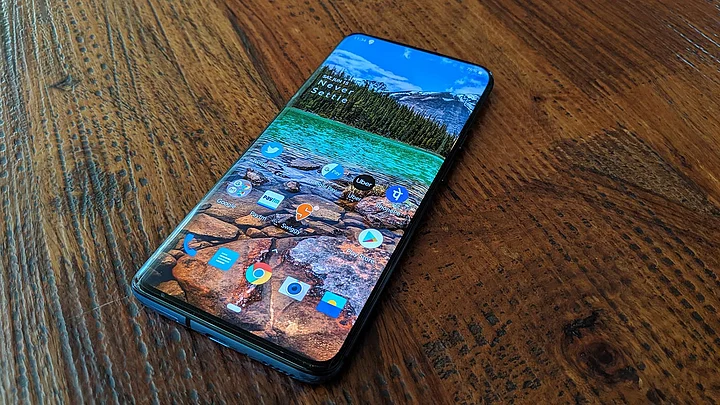After showcasing its concept phone at the Consumer Electronics Show (CES) 2020 a few days back, OnePlus has now confirmed that its upcoming phone series will sport a display with 120Hz refresh rate.
OnePlus has showcased its latest technology to the Chinese media on Monday, for which it had invited the local media people.
Pete Lau, CEO, OnePlus on Monday announced via this post, the official arrival of the company’s newly minted display with a 120Hz refresh rate, which will most likely be offered on the OnePlus 8 Pro.
Generally, most phones have been offered with 60Hz refresh rate, which produces 60 frames per second.
Last year many phone makers started offering phones with a 90Hz screen. And now it seems this year, we’re going to see them move to the 120Hz technology, with OnePlus leading by example.
The technical term “refresh rate” is used to determine how many times in a second, the screen displays an image. In simple words, higher refresh rates result in greater image stability, offering fluid performance on the screen for the user. It makes it easier on the eyes of the user as well.
“We believe that the smoothest smartphone display must also be able to deliver a superior visual quality and viewing comfort. We’re sure that OnePlus’s new 120Hz fluid display will be the best you’ll lay eyes on in 2020.”Pete Lau, CEO, OnePlus
The company emphasizes that the new display features “smoother video playback, a QHD+ resolution (1440 pixels), a better colour accuracy and 4096 – a level of automatic brightness control, four times that of average Android flagships. The display uses the latest generation of organic light-emitting materials, with a peak brightness of more than 1000 nits and a much longer lifetime.”
OnePlus is also including MEMC, which is a “technology featured in high-end TVs that uses real-time algorithmic adjustments to insert additional frames to a video file, enabling something shot at 24 or 30fps to play at 60 or even 120fps.”
Asus will probably say that with ROG 2 it managed to offer 120Hz display on a phone much before anyone else. But the new development falls in line now that Qualcomm is bringing full support for higher refresh rates with its latest Snapdragon 865 chipset.
That’s not all. Reports suggest Apple could offer quick and ultra-smooth 120Hz display tech in its 2020 line-up of iPhones, for which the company is currently in discussion with Samsung and LG, who are the two biggest suppliers of smartphone AMOLED displays in the world.
(At The Quint, we question everything. Play an active role in shaping our journalism by becoming a member today.)
